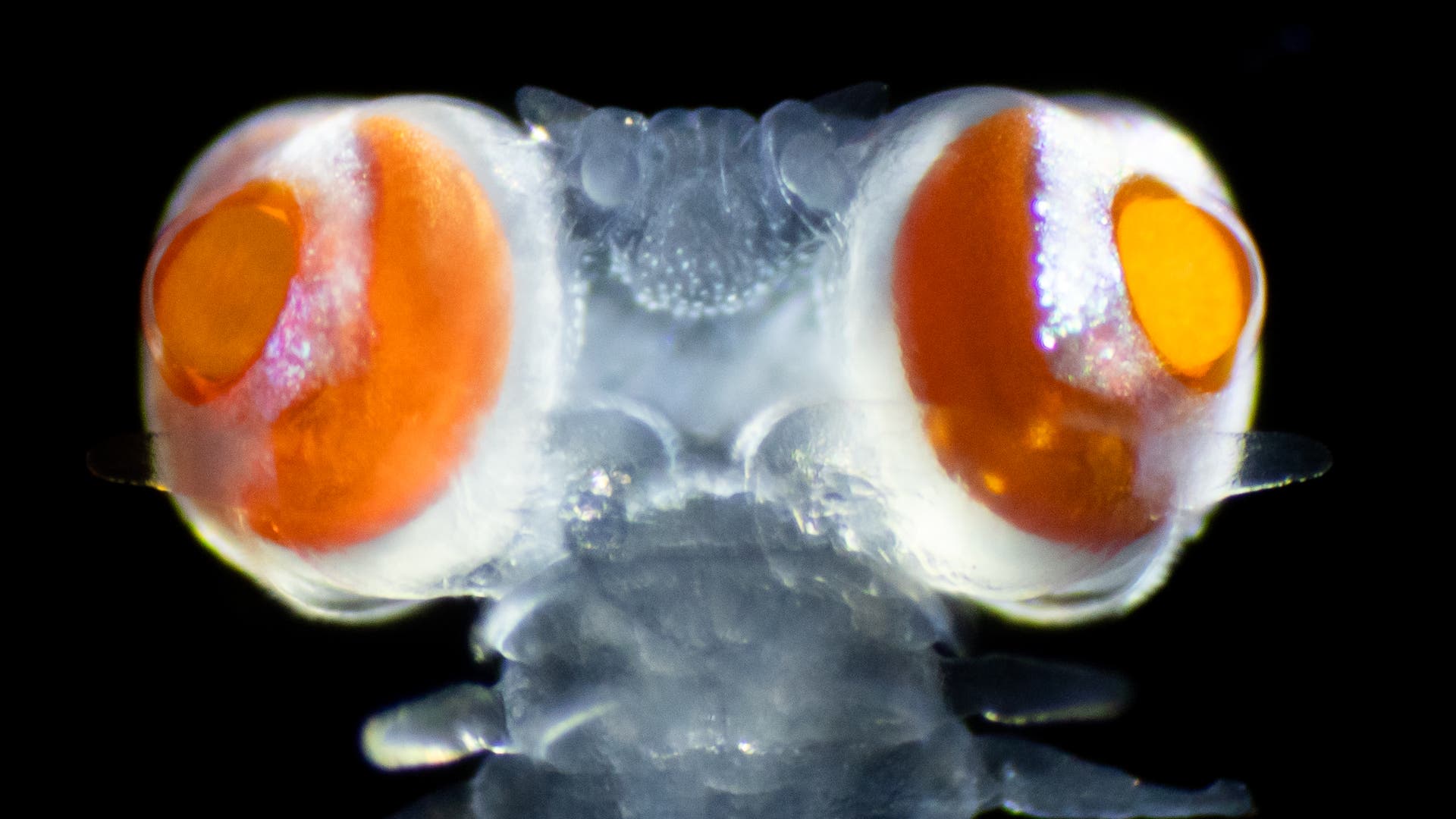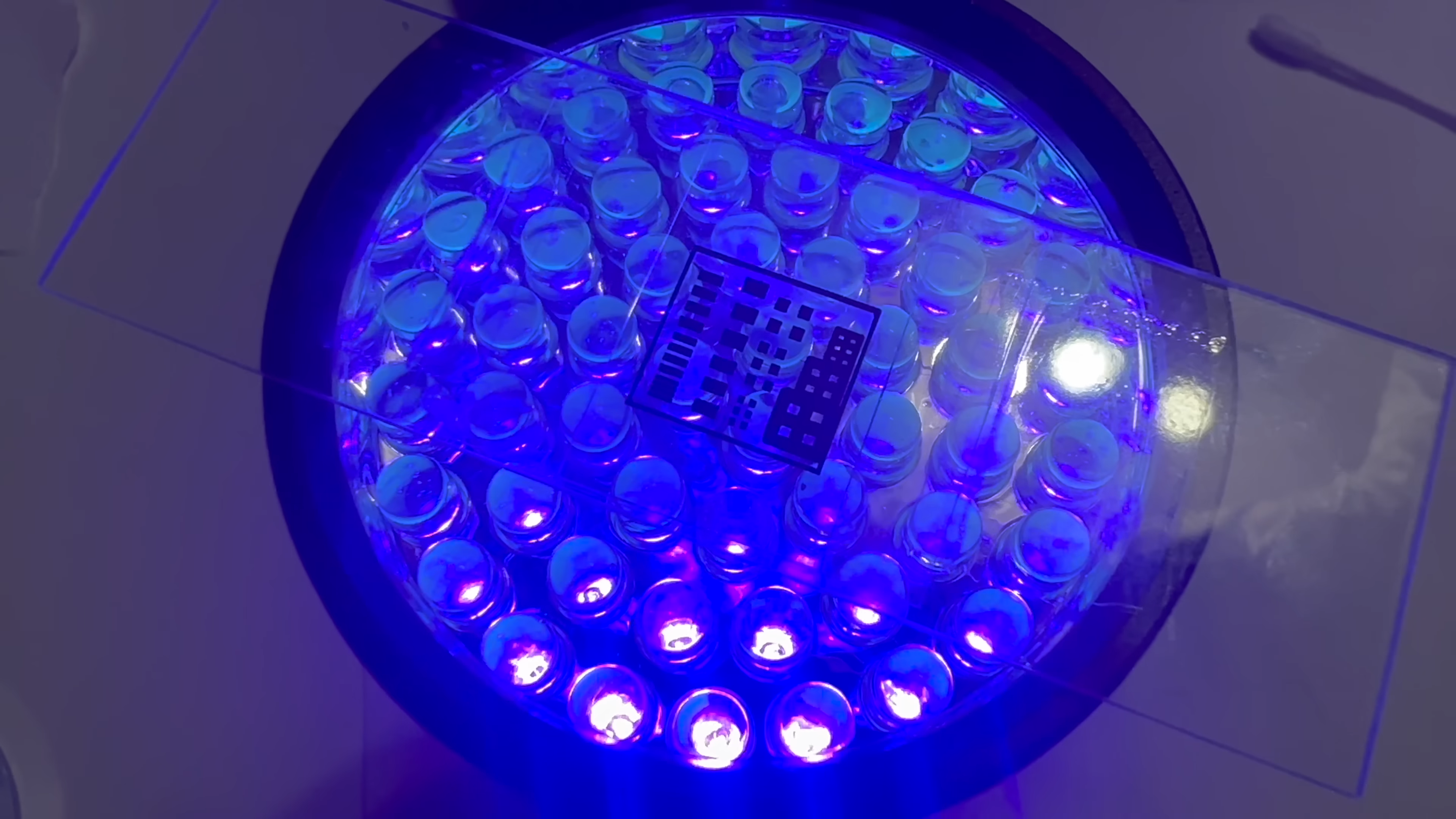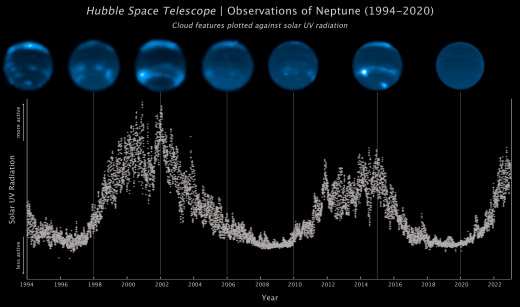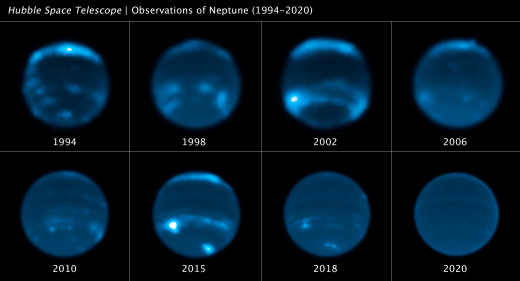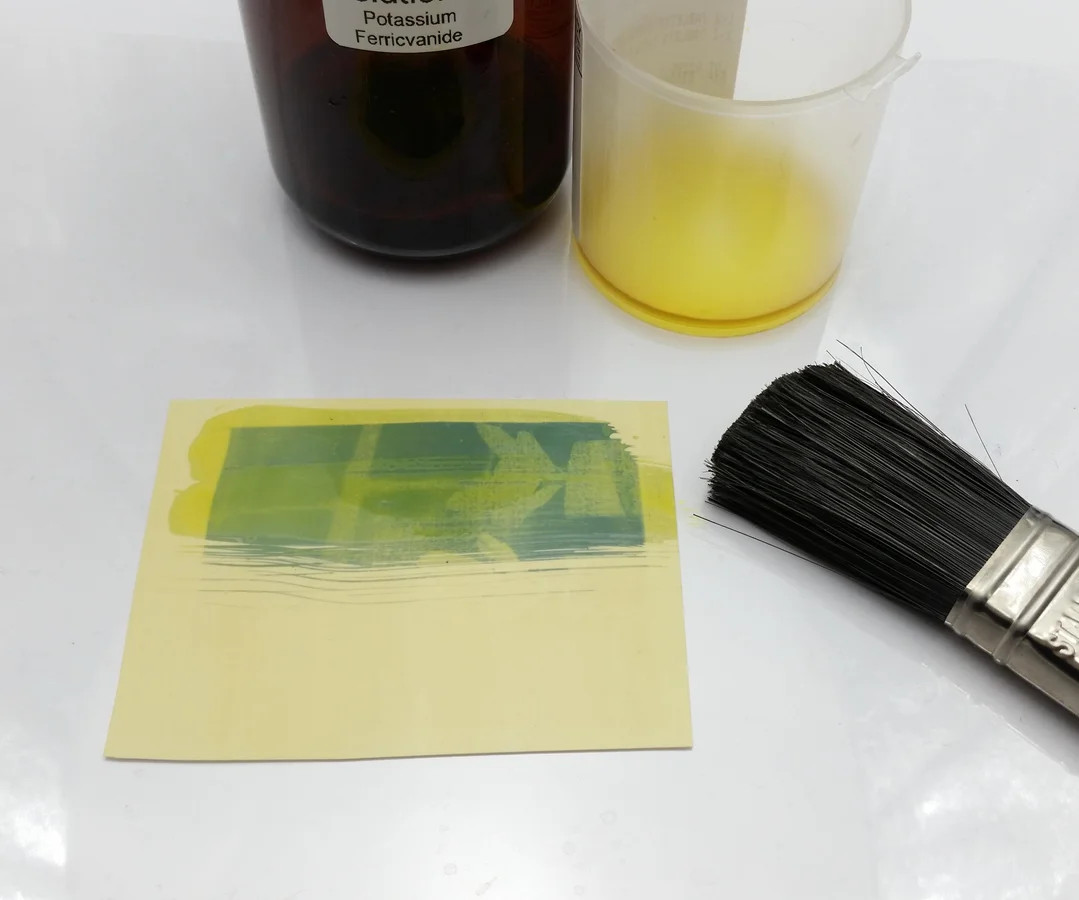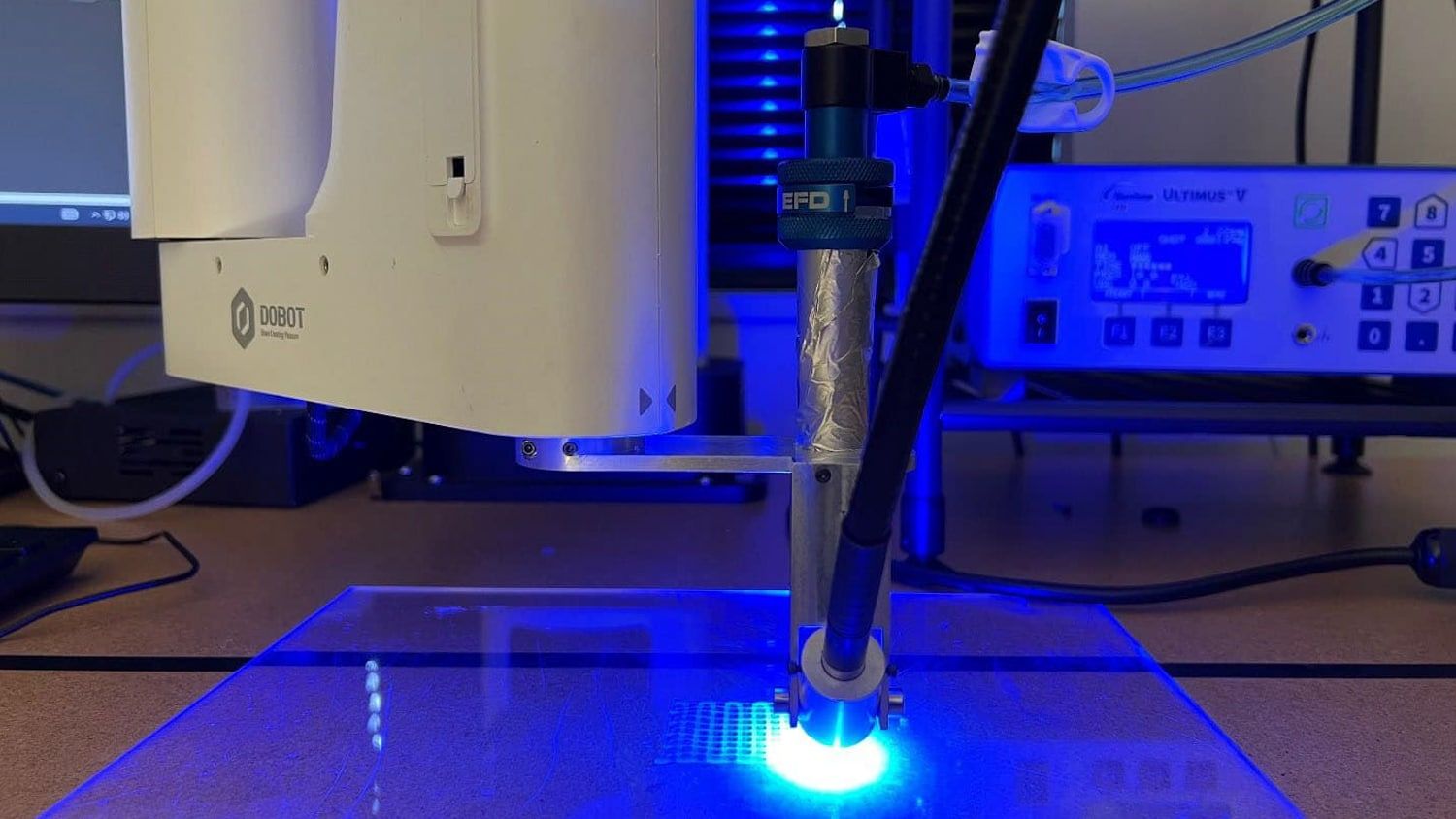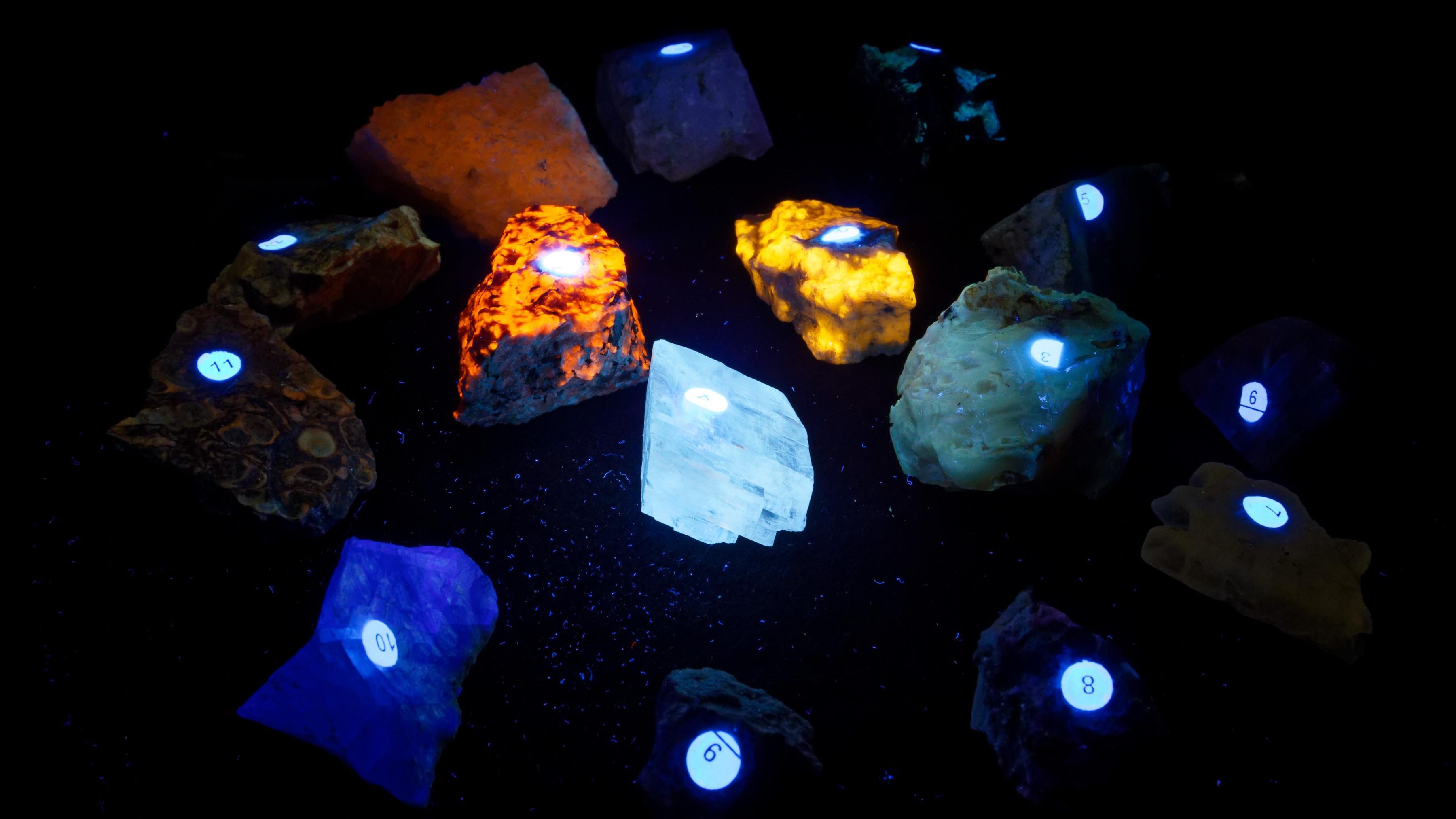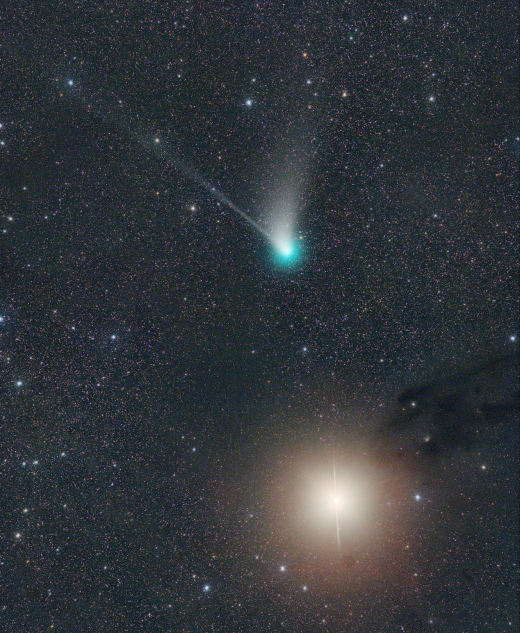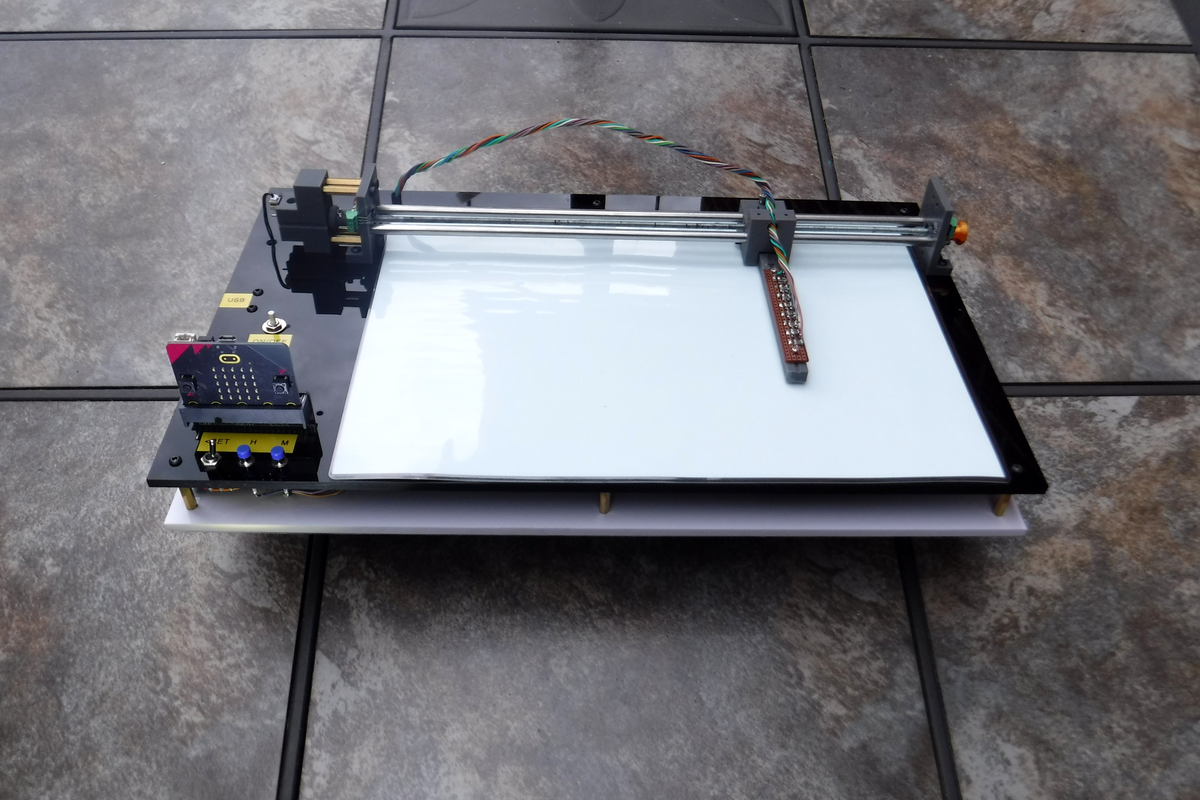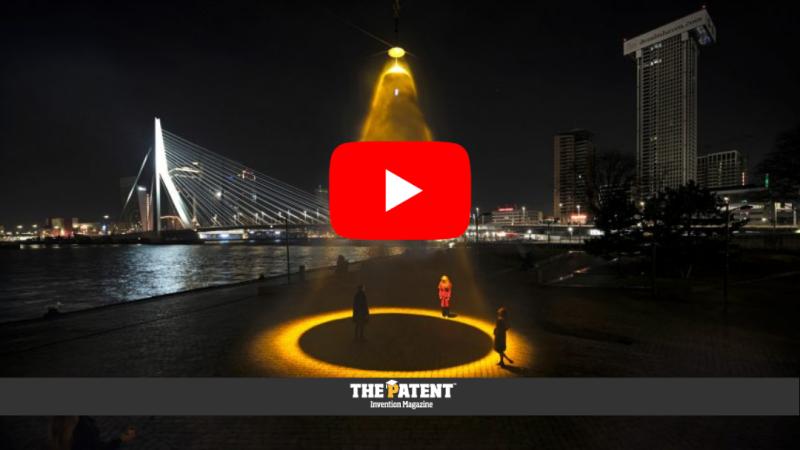#JohnLenardWalson | The #Secret #Star #Wars Project & Effect on Your Life | Oct. 29, 2024
Source: https://youtube.com/watch?v=1N3wLHNmT4Y
Description:
The #video was #narrated by #GaryMcKinnon
The Starfighters are real. The evidence is here. Twenty-five years in the making, the pictorial journals of the invention of the ‘Walson Device’ can now be told. The #information within will give you the #knowledge of #how to prove the existence of UAPs for yourself.
Packed with hundreds of video images, diagrams and artist renditions, this publication is unprecedented. No longer is it necessary to swoon endlessly over ‘little white dots’ depicted as ‘proof’ of the anomalous. The questions of ‘What is it?’ – ‘Where are they?’ and ‘What are they doing?’ are answered with an unfathomable level of accuracy. Prepare to have your paradigms smashed! This catalogue is factual and authentic.
#Thermal and #UV modified #Telescope is Thermal #Ultraviolet for #Space #Astronomy.
I have film hours of the thermal videos of low orbit and high orbit objects only visible in Thermal and UV IR modified Telescope is Thermal Ultraviolet and Space Astronomy IR-detecting semiconductor materials that produce our high-definition focal plane arrays, to advanced electronics and high-performance lens assemblies that provide extended identification ranges in the harshest operational environments.
Thermal imaging sensor employs the latest focal plane array technology to meet long-range surveillance and target identification requirements. PLANE WAVE mounts paramount ME telescope custom 18 inch F16 7000mm focal.
